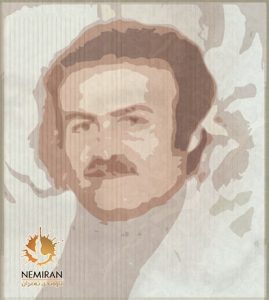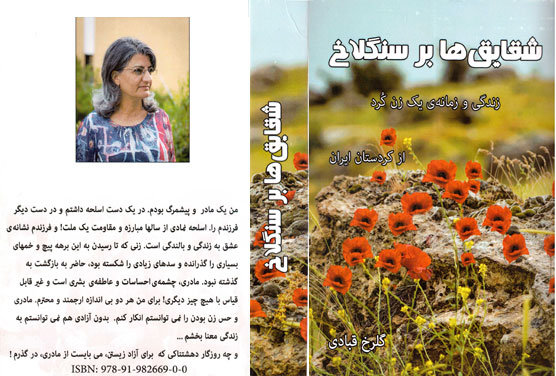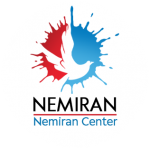
Kamal Adin Rehimian Kurdistani was born in 1945 in Sanandaj.
He went to primary school and later high school at Sanandaj.
Mr Kamal Rahimian was the first Kurdish architecture at Teheran university.
He was trying to put his impression on the city’s architecture through his work.
He was a rich man but he never forgot the poor people in the society.
During the Pahlavi dynasty, the councils would demand approval from an engineer to give permission to poor people to build small houses. Typically they were 10 to 15 square meters. Such an approval would cost a lot but Mr Kamal would do it with no fees.
He was a close friend of Saed Watandost and during the secret activities of Komala he was helping him.
During the famous demonstration of Marivan Sanandaj in 1979 he was one of the organisers. They were responsible for the technical part such as sound, music and video recording of the demonstration as well as organising resting places for the public.
Later he was one of the organisers of the demonstrations and strikes that happened during the revolution.
Kamal Rahimian was arrested in Teheran in 1981 under contra revolutionary charges.
His beautiful and prestigious home in Sanandaj where it was used for holding meetings and reception of prominent guests such as Mola Sheik Ezedin was confiscated by revolutionary guard.
Even if he was never a member of Komala but he always proclaimed his support for the organisation and for that reason he was executed on September 1983.
In prison he was an example of resistance and had high spirits.
One of his inmates by the name Mahmoud Bawerize telling this: Mr Kamal was giving the inmates support and kept high spirits amongst the inmates. Anyone facing difficulties would consult him and he was asking them to resist and stay firm.
He led a campaign against violence whilst in prison, and I think it led to a quicker order to execute him.
He was an excellent communist who lived by his believes in everyday life.
His behaviour and actions were a lesson for the inmates even his enemies were respecting him.
After his execution his son who was 19 years was invited to their family home which was still confiscated by revolutionary guard under the pretext that he would receive back their property.
On arrival they showed him the place where they had executed his father.
That was too much of a shock for a 19 years old Pedram who died from heart attack the same night. In this way the Islamic republic managed to register yet another atrocity and add it to their long list of inhuman behaviour.
His wife as well died some years after the death of her son.
From interview with Mr Saed Watandost.
Golrokh Qobadi, Author of the book “شقایق ها بر سنگلاخ” (Anemones on rocks)


